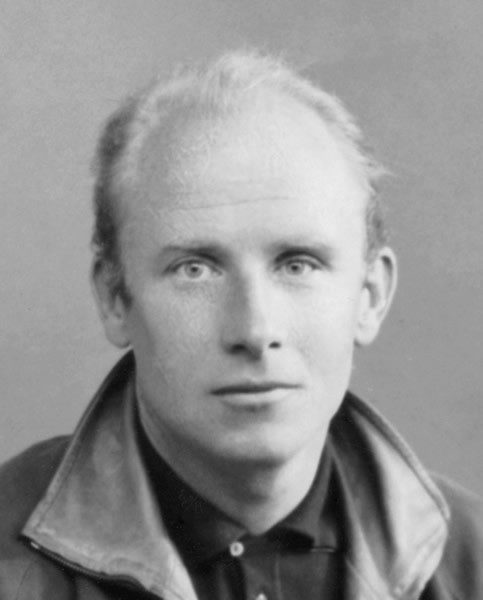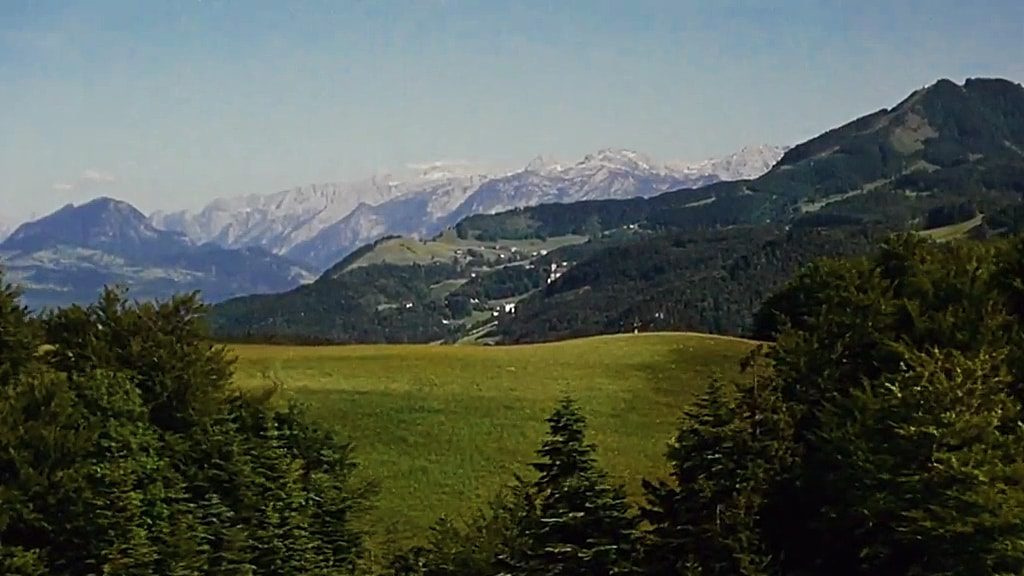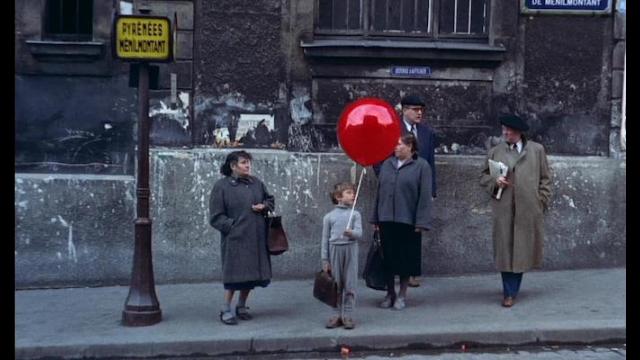What connects Julie Andrews, a sentient balloon and one of the most successful board games of all time?
The answer lies with one Frenchman and three astonishingly productive years in the middle of the twentieth century. It’s entirely possible you’ve never heard of him.

Born in Paris on the 13th January 1922, Albert Lamorisse began his career as a photographer before turning to filmmaking, releasing his first film in 1950. A producer, writer and director there’s a clear arc to his filmography, from the shorts of the 1950s to the whimsical feature-lengths in the early 1960s, and finally to the documentaries of the late 1960s. In the mid-50’s in particular he doesn’t seem to have been able to put a foot wrong. You may not know his name but you’ll recognise his achievements.
1955
The landscape of the Alps sweeps below, a collage of mountains and valleys, lakes, forests and fields. An orchestra warms up melodically before building to a crescendo as the camera closes in on a meadow and a novice nun enchanted with the world around her. She starts to sing.
It’s one of the most recognisable openings in cinematic history. Arguably, the aerial preamble is as integral to the beginning of 1965’s The Sound of Music as the choral nun.

The opening shots set the tone of the first half of The Sound of Music, a statement of natural innocence before the arrival of the Nazis. Yet it was only possible thanks to Lamorisse a decade earlier and his invention Helivision, an ingenious Steadicam anti-vibration helicopter mount that kept the camera stable and free from the effects of gravity and centrifugal force. As one critic put it, Helivision made it seem as if “the camera were mounted on a perfectly solid track in the sky”. The Sound of Music is its best-known use, but Helivision was used in countless films before being superseded by further technological advancements.
1956
A boy with blonde bob walks to school through the streets of Paris. He stops, stares up and then proceeds to climb a lamppost to untangle a bright red balloon. Over the following 30 minutes they become friends, have adventures and meet a girl with a blue balloon. They’re finally parted by the cruelty of older children.
This is Le Ballon Rouge, Lamorisse’s most famous film and the boy is Pascal, his son. It’s a fanciful version of Kes, if the kestrel was a sentient helium balloon and the boy was happy.

The Red Balloon won an Academy Award in 1956 for Best Original Screenplay and to this day Lamorisse is the only person to receive even a nomination for a short film screenplay. Steven Spielberg echoed Lamorisse’s contrasting red and greys decades later in Schindler’s List, to similarly symbolise childhood innocence and its loss.
1957
The world lies before you on the table, a simplified map of forty-two territories spread across six coloured continents. There are armies in rowdy piles dotted across the board, the forces of the players who groan and cheer as the fickle dice propel someone to global domination.
A year after his Oscar success, Lamorisse released La Conquête du Monde – The Conquest of the World. Bought by Parker Brothers it was released as Risk: The Continental Game (subsequently Risk: The Game of Global Domination).

Created as the Cold War escalated, Risk harked back to a simpler style of conflict and is a symptom of its time, a decade’s abstraction from the Second World War’s global struggle allowing war to become family entertainment. Today Risk is undeniably one of the most successful and influential board games of all time, inspiring countless imitations and evolutions. Indeed, in 2011 Risk kickstarted a whole new tabletop genre – the Legacy Game – with the release of Risk Legacy.
Legacy
Tragically, Albert Lamorisse died on the 2nd June 1970 in a helicopter accident above the Amir Kabir Dam, Iran, whilst filming his documentary The Lover’s Wind. Completed by his widow and son, The Lover’s Wind was released eight years later and received a posthumous Oscar nomination in 1979.
Lamorisse left behind his wife, three children, three feature films, three short films, four documentaries, a ground-breaking helicopter camera rig and one of the most successful and enduring board games of all time.
There are worse legacies.











Add Comment